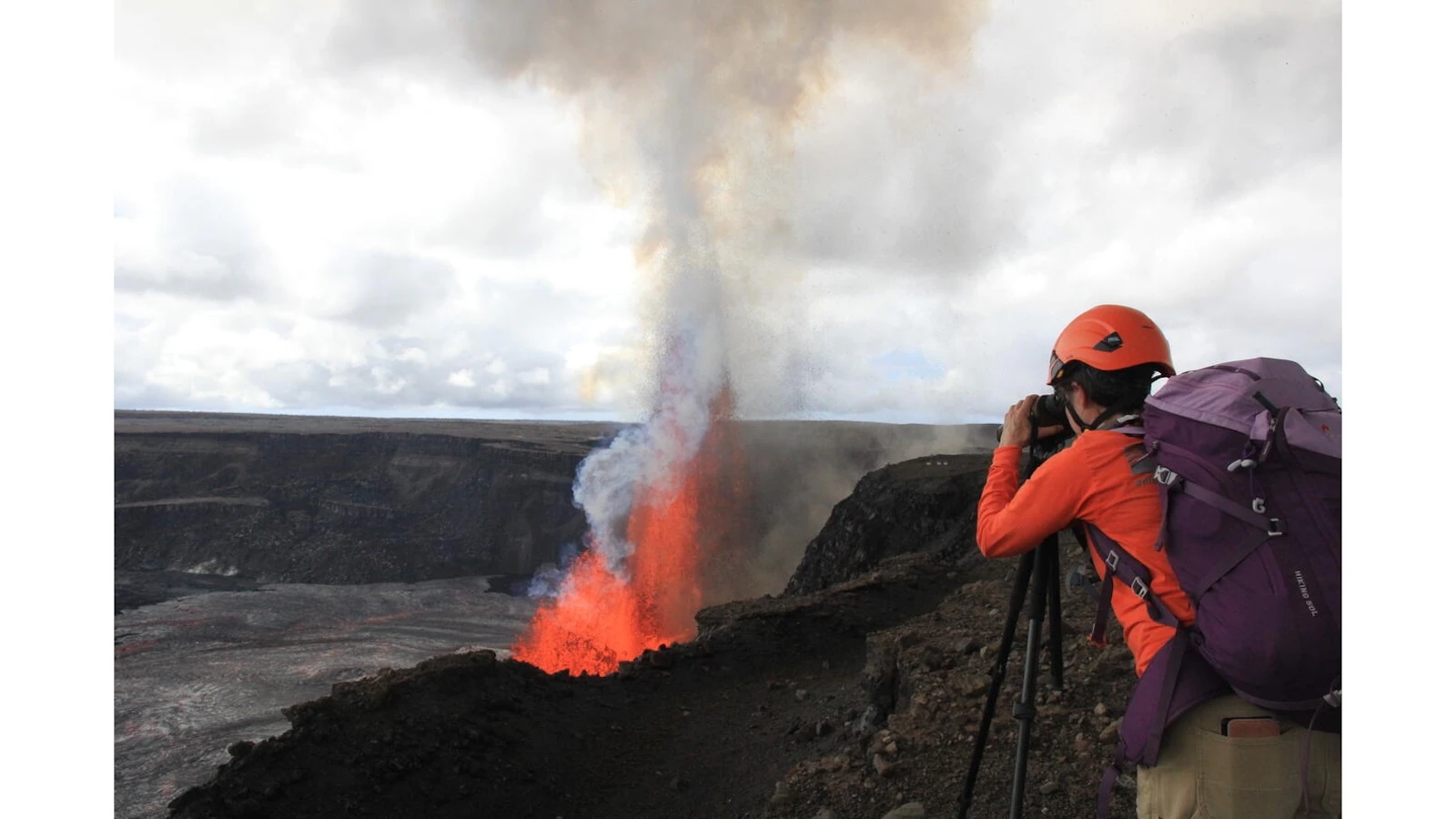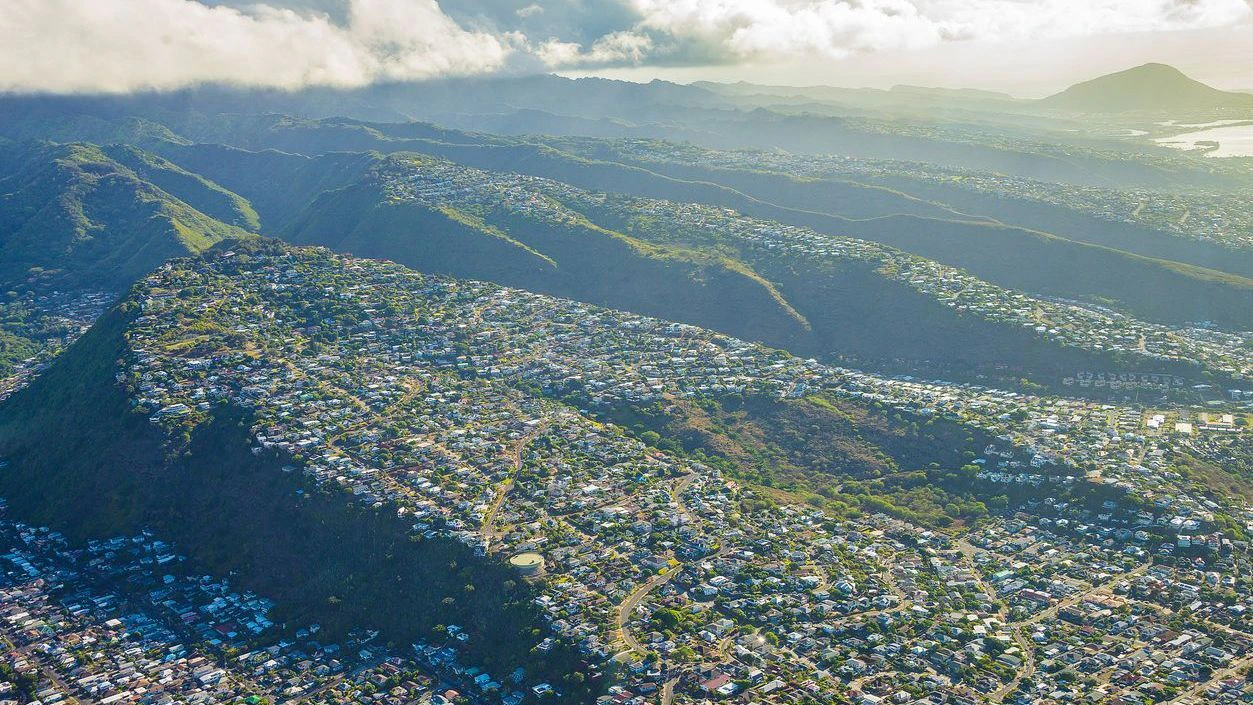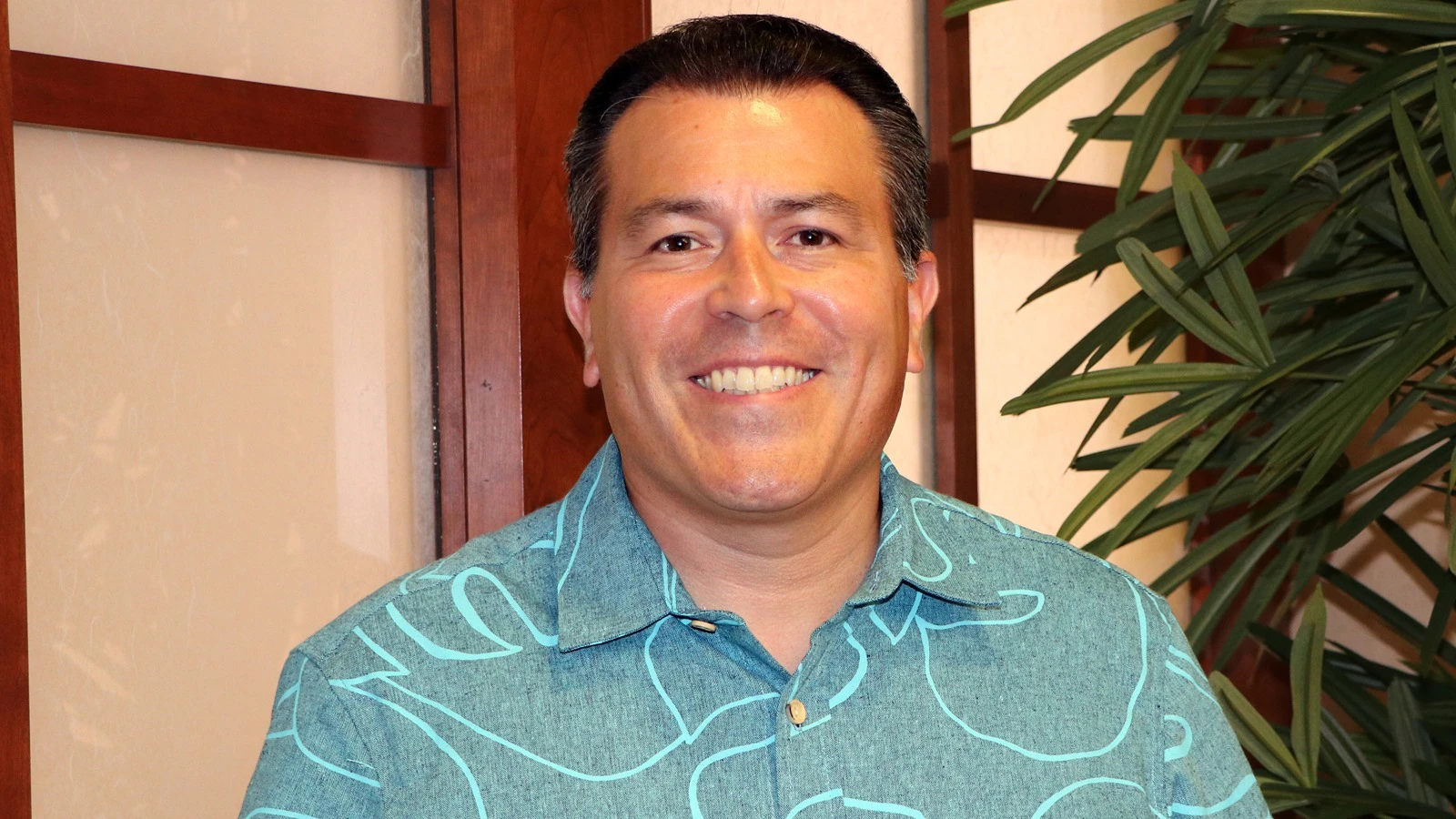The ongoing eruption of Kīlauea volcano has paused again — for now — but the most recent episode of volcanic activity saw lava fountains more than 1,000 feet high.
There have been 15 episodes of "lava fountaining" separated by pauses in activity since the current eruption in Halemaʻumaʻu crater within Kaluapele, the summit caldera, began on Dec. 23, 2024, according to an update Thursday from the U.S. Geological Survey's Hawaiian Volcano Observatory.
The eruption paused at 7:10 p.m. Wednesday, March 26. This episode lasted just over 31 hours and included about nine hours of "high fountaining," HVO said in the update, noting that fountaining remained at or above 600 feet high for most of the afternoon but reached heights over 1,000 feet at multiple points during the day.
HVO says all activity remains within Hawai‘i Volcanoes National Park on Hawai‘i Island and that no significant activity has been noted along Kīlauea's East Rift Zone or Southwest Rift Zone.
A park spokesperson told Aloha State Daily in an email that this eruption is "definitely unique in its scale, with the fountains reaching such impressive heights."
"While eruptions within the caldera can sometimes see fountains of significant height, this event has certainly been more dramatic and active than some previous eruptions we've seen in recent years," they said.
But this isn't the first eruption that has reached impressive heights.
According to the spokesperson, three of the "most iconic high-fountaining eruptions within recent history" include the 1983 Puʻuʻōʻō eruption which produced fountains up to 1,500 feet; the 1969 Maunaulu eruption that produced fountains up to 1,700 feet; and the 1959 Kīlauea Iki eruption that produced fountains up to 1,900 feet. These eruptions, however, were not within the summit caldera, they noted.
The spokesperson says crowds at the park have been increasing during the "high-fountaining eruptive episodes of the most recent eruption."
"It's been exciting to see so many people eager to experience the event first-hand, but it's also important for visitors to be prepared for long waits and to have patience while navigating the park."
If you're planning a visit, the spokesperson recommends visiting the park's website for real-time updates on the eruption status and information on alerts and conditions.
"Additionally, visitors should always be prepared for changing weather, especially in this area, and follow any guidance from park rangers for safety."
HVO said in the update, published shortly after 10 a.m. this morning, that the likely start of the next episode remained uncertain at that time.
Located in Hilo, HVO is one of five volcano observatories within the USGS and monitors volcanoes and earthquakes in Hawaiʻi and American Samoa.
HVNP encompasses the summits of two active volcanoes on Hawaiʻi Island: Kīlauea and Mauna Loa.
Stephanie Salmons can be reached at stephanie@alohastatedaily.com.





